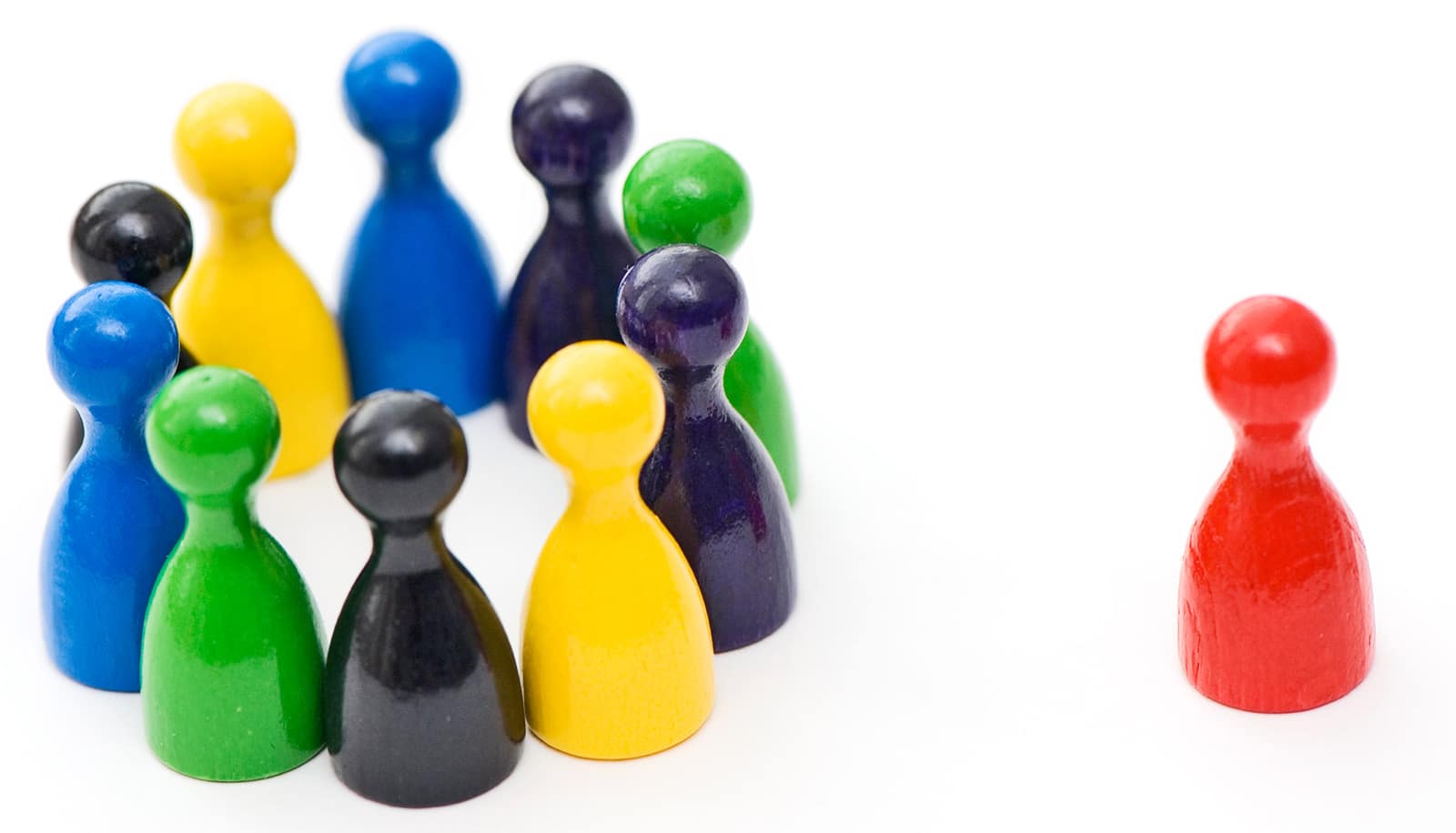Despite progress toward greater gender equality, on average, men are still more likely than women to emerge as leaders, according to a new study.
Researchers aggregated 59 years of research, encompassing more than 19,000 participants and 136 studies from lab, business, and classroom settings. They discovered that while the gender gap has narrowed in recent decades, it still persists. Today, for example, women hold just 26 percent of executive-level positions in S&P 500 companies.
“As a society, we’ve made progress toward gender equality, but clearly we’re not quite there,” says Katie Badura, a doctoral student at the University at Buffalo School of Management. “Our results are consistent with the struggle many organizations face today to increase diversity in their leadership teams.”
“The gender gap was strongest during the first 20 minutes people were together, similar to an initial job interview, but weakened after more than one interaction.”
The researchers primarily attribute the gender gap to societal pressures that contribute to gender differences in personality traits. For example, men tend to be more assertive and dominant, whereas women tend to be more communal, cooperative, and nurturing. As a result, men are more likely to participate and voice their opinions during group discussions, and be perceived by others as leader-like.
“We found showing sensitivity and concern for others—stereotypically feminine traits—made someone less likely to be seen as a leader,” says Emily Grijalva, assistant professor of organization and human resources. “However, it’s those same characteristics that make leaders effective.
“Thus, because of this unconscious bias against communal traits, organizations may unintentionally select the wrong people for leadership roles, choosing individuals who are loud and confident but lack the ability to support their followers’ development and success.”
While group size and participants’ ages didn’t affect the gender gap, the length of time participants spent together was an important factor in whether men or women emerged as leaders, the study shows. The longer a group spent together, the less gender influenced who emerged as the group’s leader.
Why some women prefer ‘intentional invisibility’ at work
“The gender gap was strongest during the first 20 minutes people were together, similar to an initial job interview, but weakened after more than one interaction,” Grijalva says. “During the hiring process, organizations should conduct multiple interviews to reduce gender bias and ensure they’re hiring the best applicant.”
The researchers suggest promoting the value of communal behaviors in performance evaluations, prompting quieter individuals to share their ideas, and being mindful of any unconscious biases a manager or staff may have.
Women report more rudeness at work from other women
“In the Obama White House, female staffers adopted a strategy of amplifying one another’s comments during meetings and giving credit to the individual who said it first, to ensure that women’s voices were being heard,” Badura says. “Tactics like this help the most qualified individuals stand out and emerge into leadership roles—regardless of gender.”
The findings appear in Personnel Psychology.
The University at Buffalo Gender Institute supported the work. Other coauthors are from Northwestern University, the University of Illinois at Urbana-Champaign, and the University of Maryland.
Source: University at Buffalo



